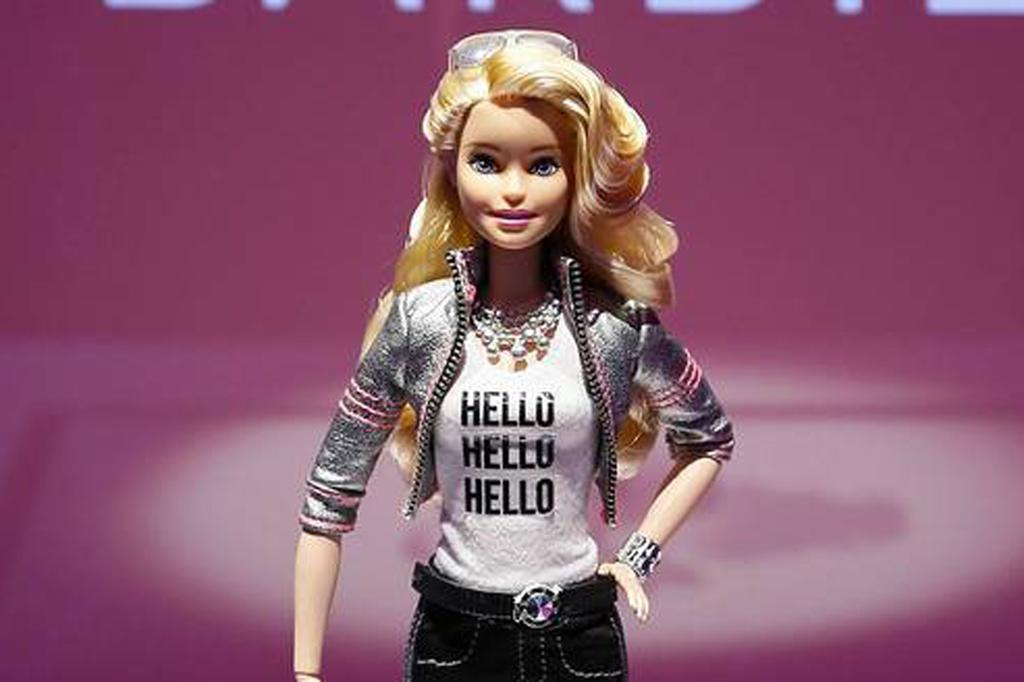Hi,
Firefox as an example, but a bazillion of other programs that have the ability to download some file over the last decades, will, when you download a file, first save it to some different file, then copy it to the actual destination at the end.
Firefox first saves your file to "filename.part" and already makes a "filename" of 0KB. You can see the size of "filename.part" increase as it downloads. Then, when done, it gets copied or moved to "filename" and removed.
Other programs want to store the file in a temporary directory first, then in the end move it to your destination directory. CD or DVD copying programs also used to do this kind of stuff (I probably haven't touched an optical disk in the last 5 years tho so this is ancient stuff I'm talking about).
Do you know what I'm talking about, ever seen this behaviour?
Basically I'm wondering why, is there a technical reason? Why not just immediately download to the actual destination filename?








